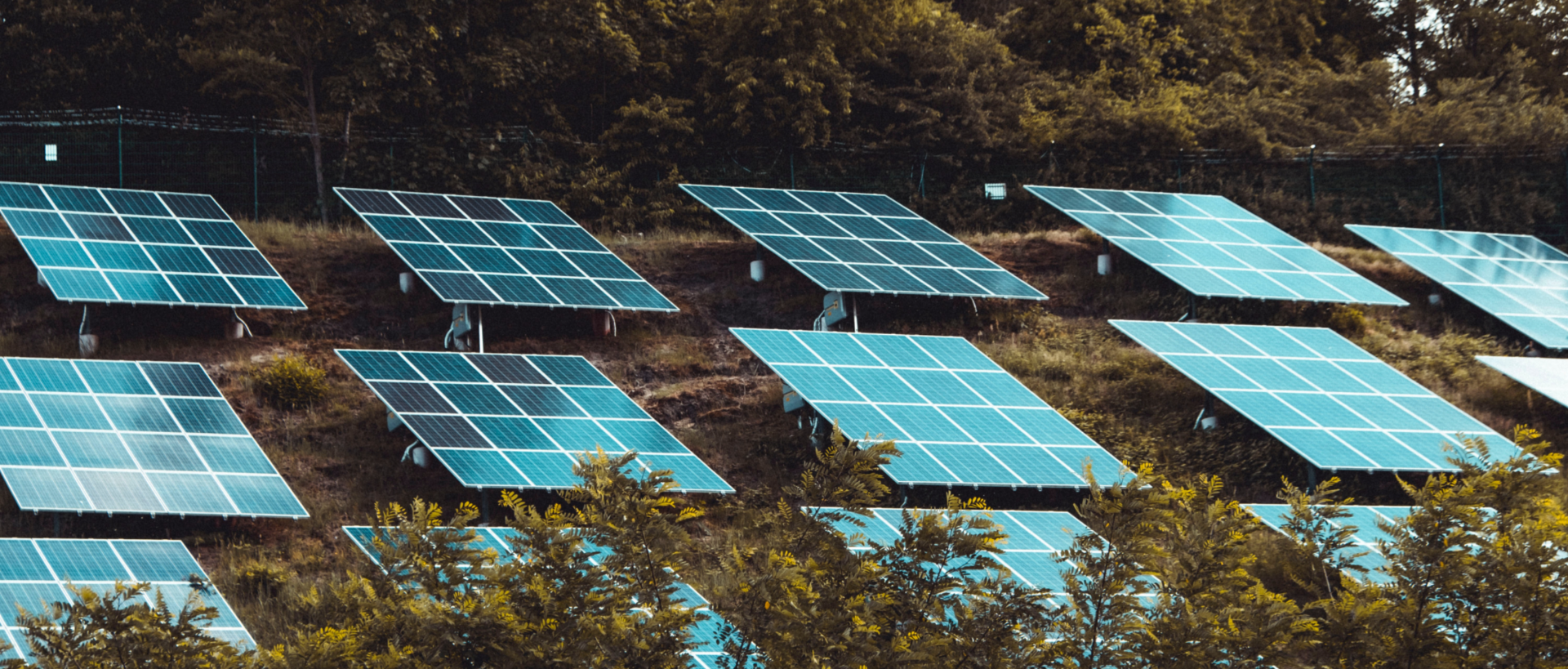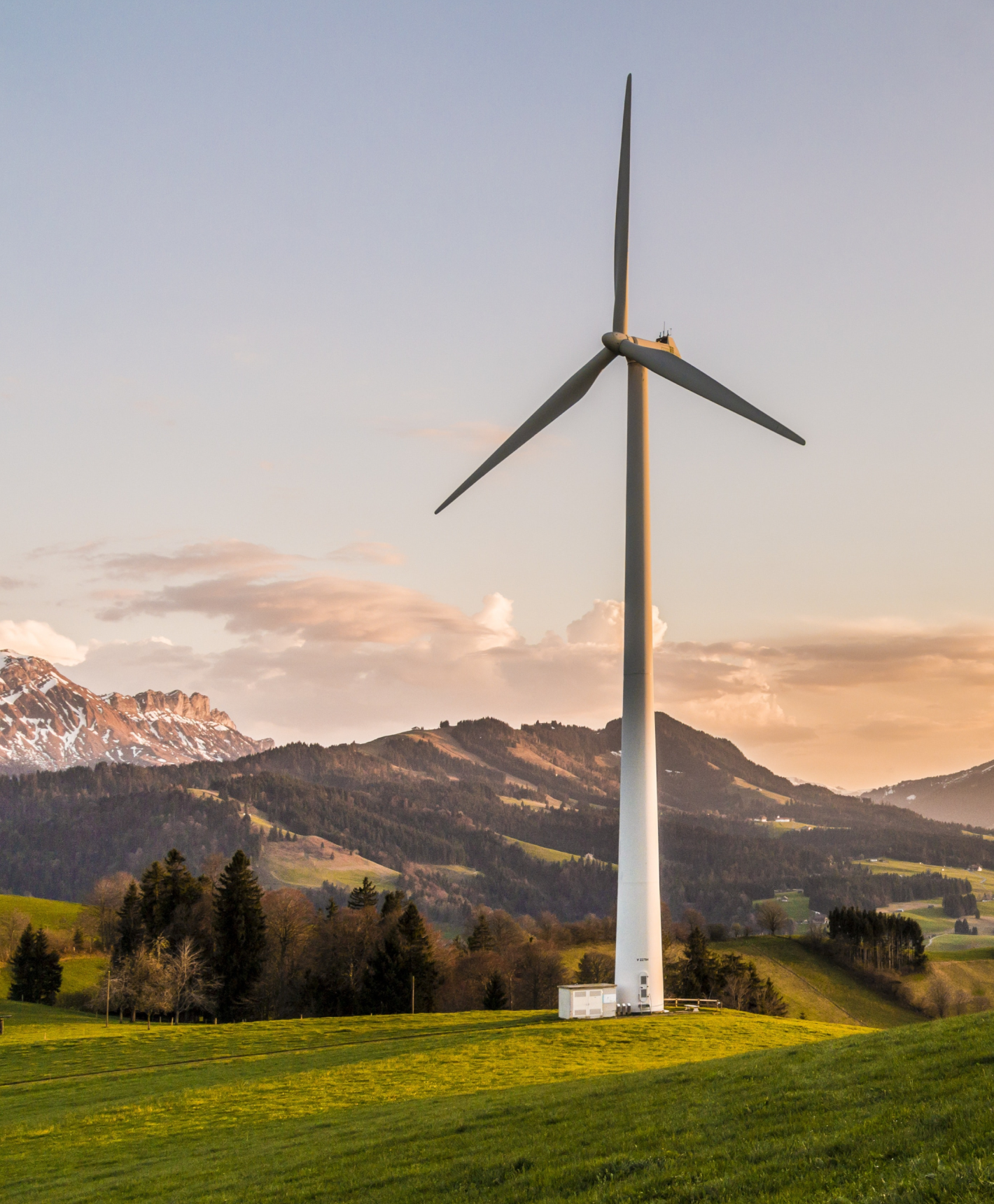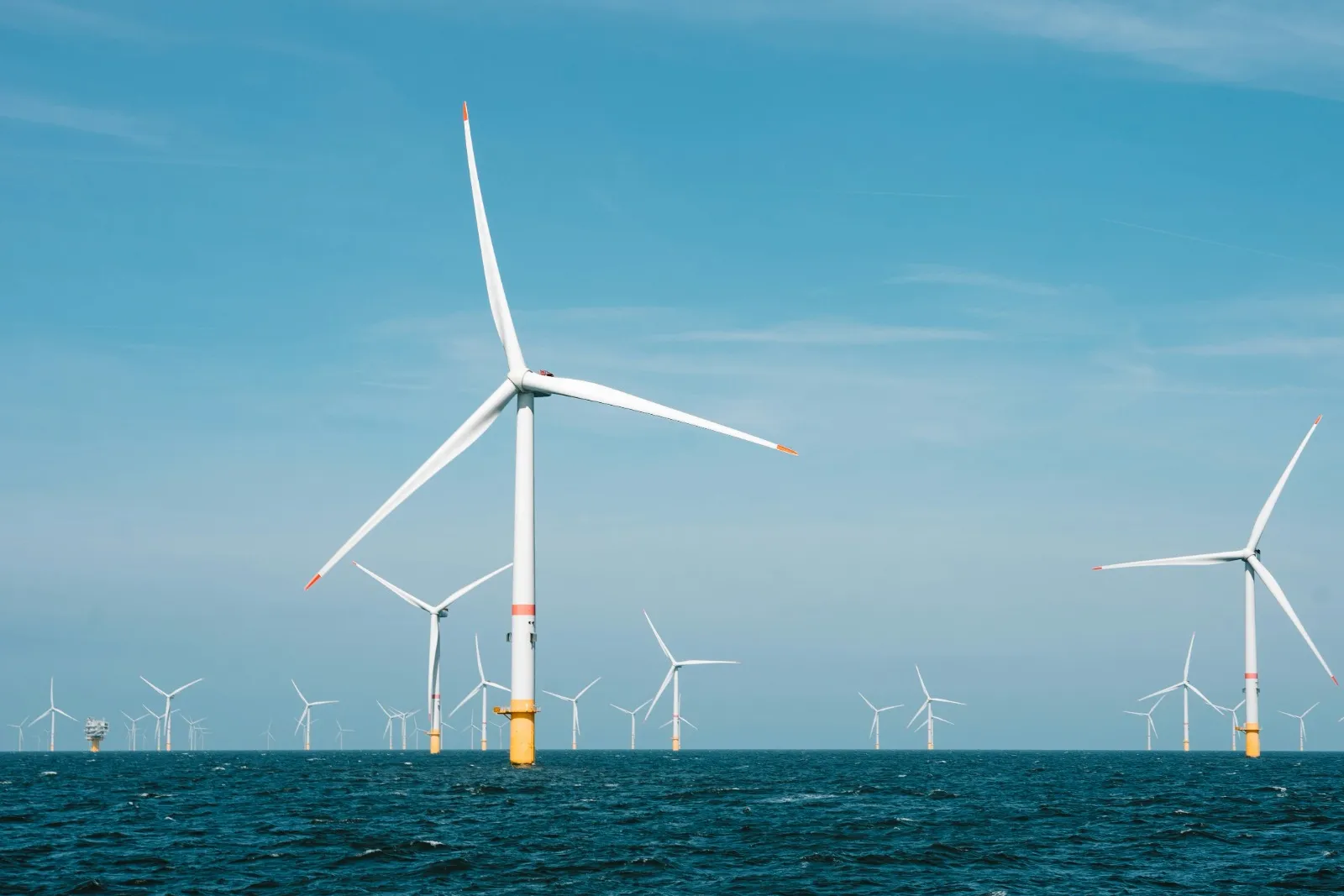Intelligent communications to help your business navigate the energy transition

Energy PR and marketing to tell your business story
The impact of the energy transition can be seen in every part of sector in every part of the world. But there’s no single transition story. And no single way to tell it.
As the world looks to the energy sector for leadership, our role is to help you find your unique story and communicate it with impact. With insight, deep sector knowledge and strategic thinking we help create immediate engagement with your stakeholders and identify market opportunities for your business. And because we work across the global energy value chain, we can connect you to the bigger picture – and help position you for success in the new energy future.
Our Formula for Success
Sector specialization
We understand energy and the forces that shape the energy industry. With our industry background and deep sector knowledge we can deliver for you from day one.
Intelligent insights
Our intelligent insight into your markets, research into issues and strategic thinking gives you valuable perspectives every time.
Empowered talent
Our people grow their careers with us, so we can build trusted, long-lasting relationships with clients that deliver time after time.
Global expertise
Our experts support energy businesses from offices in strategic locations in the US, UK, Europe, Middle East and Asia, so you get local nuance and global impact.
Excellent execution
All the work we do for you is executed with thought, precision and care across all channels to give you the best possible results.
Your success
You define what success means for your business, and we design the program to deliver it – with a unique outcomes-driven commercial model.
Energy results we’re proud of
1300000
Readers reached for a global thermal energy solutions company.
339
Lead-generating conversions for a global offshore energy specialist as a result of our integrated campaign.
40
Media hits secured launch week for the world’s largest energy workforce survey.
Energy news
Find out how we help achieve your business goals. Talk to one of our energy PR & marketing experts today.










